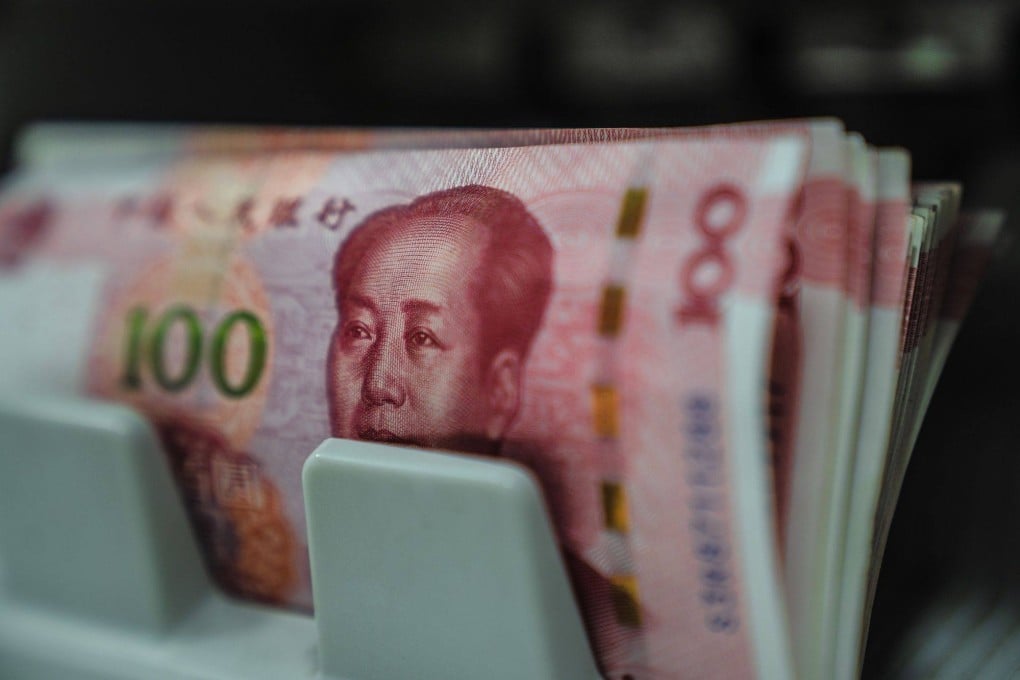Advertisement
Macroscope | With a strong dollar and weak yen, China faces a dilemma over where to place the yuan
- The Japanese yen falls to a three-decade low, while the US inflation-fighting policy is likely to keep the dollar’s value high for some time
- China’s policymakers must decide whether to restore the yuan’s competitiveness against the yen or ensure that dollar-priced goods remain affordable
Reading Time:3 minutes
Why you can trust SCMP
1

PCE. YCC. T20. These three acronyms, two financial and one sporting, might seem an odd grouping but as Beijing calibrates exchange rate policy in China’s best interests, this troika of terms has some relevance.
Faced with a situation where policymakers might well feel the renminbi is too weak versus the US dollar but rather too strong against the Japanese yen, Beijing’s options are limited. Seeking to address the first issue could exacerbate the second, and vice versa. If Chinese policymakers do wish to influence the currency markets as regards the value of the renminbi, a choice will have to be made.
A good start point in examining this conundrum is US price inflation.
The United States continues to record elevated inflation, which the Federal Reserve is seeking to rein in through tighter US monetary policy. One of the Fed’s preferred measures of US inflation is the personal consumer expenditures (PCE) price index, and in particular the so-called core PCE index, which leaves out volatile food and energy components.

The US central bank keeps a watchful eye on PCE data as it seeks to fulfil its mandated 2 per cent inflation target, so Fed chief Jerome Powell and his fellow rate-setters, whose latest decision will be revealed on November 2, will have noticed that the US PCE data released last Friday remains high, despite a succession of interest rate hikes this year.
Advertisement
